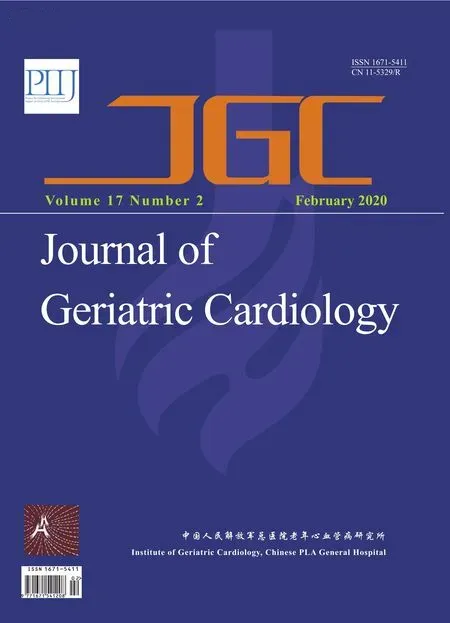A 3-dimensional transoesophageal echocardiography perspective of mitral valve abscess
Pujan Patel, Shreya Ghetiya, Emil Missov, Srinivasan Sattiraju
Division of Cardiology, Department of Internal Medicine, University of Florida, Ambulatory Care Center, Jacksonville, USA
Keywords: Endocarditis; Three dimensional transoesophageal echocardiography; Valvular abscess
An 85-year-old female with history of dementia presented with concern for severe sepsis and was found to have methicillin sensitive staphylococcus aureus bacteremia complicated by atrial fibrillation. For further workup, a transoesophageal echocardiography (TOE) was obtained. The study revealed a large echogenic density with multiple echolucent areas within the finding. There was evidence of blood flow in these echolucent areas based on color flow imaging. This mass was intermittently protruding into the left ventricle causing a function mitral stenosis. The collective findings on echocardiography, in context of bacteremia, were highly suggestive of mitral valve abscess (Figure 1).
She was initially treated with empiric broad-spectrum antibiotics and was deescalated based on anti-microbiology sensitivies. The cardiothoracic surgery team deemed that the patient was at prohibitive risk for surgery due to high frailty index, co-morbidities, and advanced age. The patient’s condition acutely deteriorated with septic shock, requiring multiple vasoactive medications for hemodynamic instability and was endotracheally intubated for hypoxic respiratory failure. Due the poor prognosis of the patient, the family opted for palliative care management and surgical removal of mass was not pursued. The patient eventually expired with comfort measures implemented.
Our imaging case is of exceptional value in understanding the rare echocardiographic findings of probable infective abscess and 3-dimensional TOE highlights the precision in location of the mass and in understanding the behavior of the mass during cardiac cycle.
 Journal of Geriatric Cardiology2020年2期
Journal of Geriatric Cardiology2020年2期
- Journal of Geriatric Cardiology的其它文章
- Diagnostic chest X-ray in atrial septal defects
- Short-term efficacy of unibody single-branched stent in the treatment of lesions involving the left subclavian artery: two-year follow-up outcomes
- Is it better to choose immediate dialysis treatment for renal transplant patients after PCI?
- A novel treatment of refractory coronary embolism: thrombus aspiration catheter-assisted twisting wire technique
- MicroRNA-29a attenuates angiotensin-II induced-left ventricular remodeling by inhibiting collagen, TGF-β and SMAD2/3 expression
- Beneficial effects of moderate to vigorous physical activity on cardiovascular disease among Chinese adults
